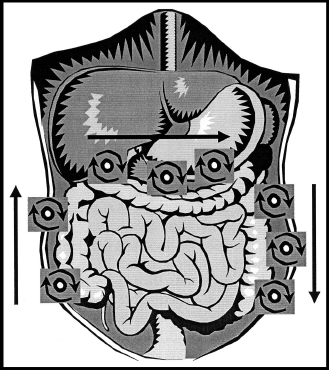5 Most Common Reasons to See a Women's Health PT after Childbirth
Recovering from childbirth can sometimes be a difficult process, but seeing a good physical therapist can help reduce symptoms and speed healing. Here are the five most common reasons women come to see me post-partum: 1. Urinary or fecal incontinence No new mother, or anyone for that matter, wants to be leaking urine or feces, especially when trying to care for a new baby. While some leakage is considered “normal” in the first 6 weeks of post-partum recovery, it should not continue past that time. Many women make the mistake of thinking that this is a side effect of childbirth that they must live with, or that it will continue to improve with time. Unfortunately, that is not the case and the sooner you get in to physical therapy, the quicker your recovery process will be! 2. Urinary urgency and frequency Urinary urgency is the feeling of a full bladder, even when your bladder is not full. Urinary frequency is the need to void more often than usual due to decreased bladder capacity. Surely, both of these symptoms were experienced at some point during your pregnancy, but again, should not continue past your 6-week check-up. Though you now have a little one that demands your full attention, you should still be able to sit through a full breast-feeding session, a meal, or a movie without having to empty your bladder, or feel like you do!
3. That pooch!
Too often, I hear, “I just cannot get rid of this pooch since I had the baby”. Occasionally, this is a simple indication that strength training and certain dietary changes need to be addressed. More often, the dreaded “pooch” is a result of diastasis recti, or a separation of your abdominal muscles that occurred during pregnancy. There are different severities of a diastasis recti and I have seen ALL levels of severity be corrected by a coordinated physical therapy and Pilates program. Again, this is not something that will just correct itself or get better with time. It is very important to be educated about the do’s and don’ts when treating a diastasis, proper exercise technique, and potential bracing or taping techniques, as certain activities may worsen this condition. 4. SIJ, pubic symphasis, or back pain Carrying a baby during pregnancy can really take it’s toll on your poor pelvis and skeletal system. The hormone relaxin that is released during the end of pregnancy, allows your ligaments to relax in order to accommodate a vaginal delivery. Unfortunately, this may lead to instability in the pelvic joints after the baby is born and cause low back, hip, or pelvic pain. Physical therapists can help you achieve proper alignment, fit you for any belts or supportive devices, and assist with monitored strengthening exercises. 5. Painful intercourse Though you may not be thinking much about sex after childbirth, it is a vital part of a healthy relationship and it is, likely, how you got your beautiful baby in the first place. Sex should not be painful or viewed as something to be endured. However, a recent study has shown that 44.7% of women report painful intercourse at 3 months post-partum and 23.4% still report painful intercourse at 18 months post-partum. Remember, you are not alone and do should not be embarrassed or ashamed of these symptoms…there is hope!
---
References:
EA McDonald, D Gartland, R Small, SJ Brown. Dyspareunia and childbirth: a prospective cohort study. BJOG: An International Journal of Obstetrics & Gynaecology, 2015; DOI: 10.1111/1471-0528.13263
Menacker, Fay, Dr. P.H., and Hamilton, Brady, PhD. Recent Trends in Cesarean Delivery in the United States. NCHS Data Brief. Number 35. March 2010.























